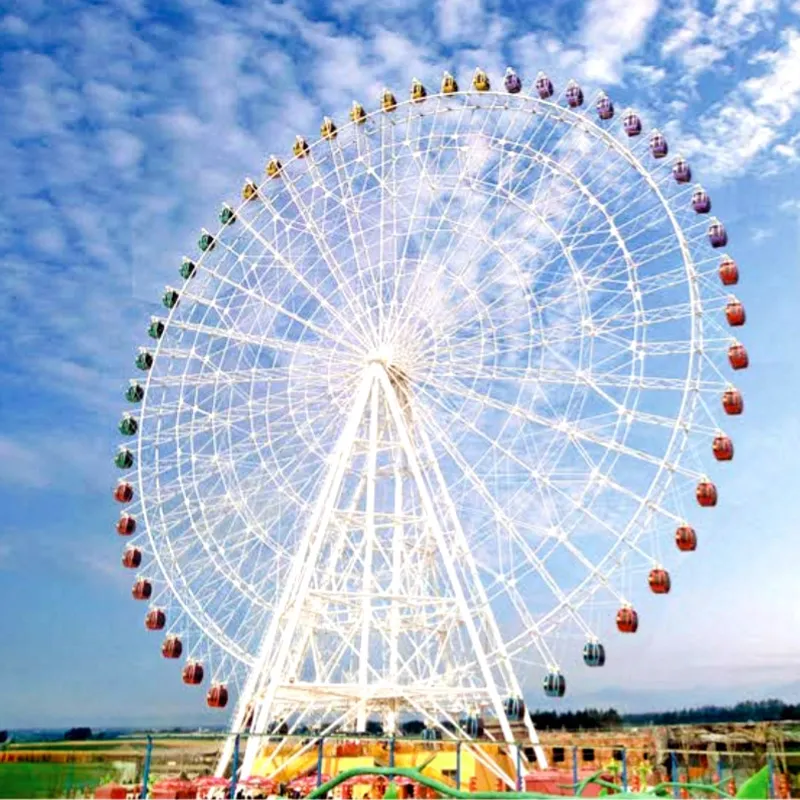roller coaster classifications
Roller coasters are a quintessential part of amusement parks and theme parks, thrilling riders with their exhilarating drops, spins, and loops. To better understand these adrenaline-pumping attractions, they can be classified into several categories based on design, technology, and rider experience. This article will explore the main classifications of roller coasters, highlighting their unique features.
Firstly, the most common classification is based on the type of track design. Wooden roller coasters, for instance, have been a staple since the early days of amusement parks. Built primarily from wood, these coasters provide a classic nostalgic experience, often characterized by their high hills and smooth curves. They evoke a sense of tradition and are beloved for their nostalgic charm. In contrast, steel roller coasters dominate modern amusement parks, offering greater design flexibility. They can incorporate complex inversions, tighter turns, and more intense drops, which lead to a much smoother ride and a wider variety of experiences.
Another major classification stems from the coaster's layout and the nature of its ride experience. Looping coasters, as the name suggests, feature one or more inversions, providing an exciting experience that leaves riders upside down. Examples of this include the famous Tower of Terror and The Smiler, both known for their thrilling loops. In contrast, launched coasters utilize advanced technology to propel riders from a standstill to high speeds in a matter of seconds, creating a thrilling rush right from the start. These coasters often feature magnetic launches, providing a unique twist on traditional coaster dynamics.
roller coaster classifications

Coasters can also be classified by their height and intensity. Hyper coasters are characterized by their heights exceeding 200 feet, delivering breathtaking drops and incredible airtime. On the opposite end of the spectrum, family coasters are designed for a broader audience, offering a milder experience suitable for young riders and families.
Moreover, there are innovative designs such as inverted coasters, where riders are suspended below the track, and flying coasters that allow riders to adopt a prone position, simulating the sensation of flight
. Each of these classifications showcases the creativity and engineering marvels present in the world of roller coasters.In conclusion, roller coasters can be extensively classified based on their design, layout, and rider experience. From wooden classics to high-tech steel wonders, each category provides a unique thrill, making roller coasters a fascinating subject for enthusiasts and casual riders alike. Whether you seek the nostalgia of wood or the intensity of steel, there’s a roller coaster experience waiting for everyone.
-
Top Amusement Equipment Manufacturer Rock n Roller Coaster & Carousel ManufacturerJun.10,2025
-
World's Scariest Roller Coaster Experience Ultimate Thrill & HeightJun.10,2025
-
Ultimate Thrill Ride Roller Coaster High-Speed, Safe AdventureMay.30,2025
-
Carousel Mansfield Rides Premium Indoor & Event SolutionsMay.30,2025
-
T3 Roller Coaster High-Thrill, Safe Ride for Theme Parks & ResortsMay.30,2025
-
Roller Coaster Cart Design Custom-Built & High-Safety Thrill Ride VehiclesMay.30,2025
